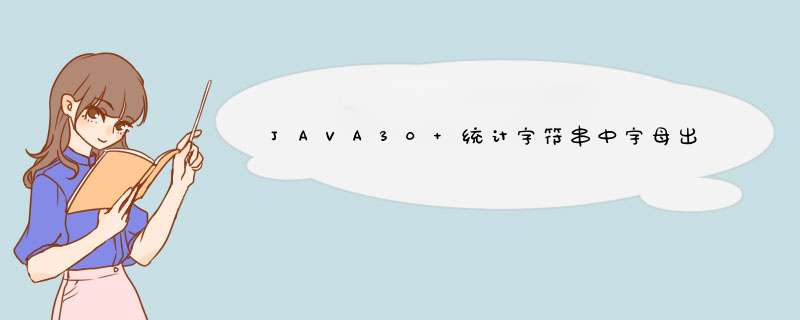
import java.util.Scanner;
public class Main {
public static void main(String[] args) {
String string = "H e l l o ! n o w c o d e r";
Scanner scanner= new Scanner(System.in);
String word = scanner.next();
scanner.close();
System.out.println(check(string, word));
}
public static int check(String str, String word) {
//write your code here......
}
}
解法一
str.length() 用来获取字符串中字符的个数,包括空格符。
str.replace(word, “”) 的作用是将字符串中指定字符移除。
str.replace(word, “”).length() 是移除指定字符后的字符串长度。
所以 str.length() - str.replace(word, “”).length() 就是原字符串中指定字符的个数。
public static int check(String str, String word) {
//write your code here......
return str.length() - str.replace(word, "").length();
}
解法二
遍历字符串,将输入的字符和字符串的每个字符进行比较,如果相同,则count++
str.charAt() 用于返回字符串中指定索引处的字符。
由于输入的字符用 String 类型保存而不是 Char 类型,所以需要用 word.charAt(0) 获取该字符 (charAt() 得到的是字符类型)。
private static int check2(String str, String word) {
//write your code here......
int count = 0;
for (int i = 0; i < str.length(); i++) {
if(str.charAt(i) == word.charAt(0)){
count++;
}
}
return count;
}
解法三
遍历字符串,将每个字符转成 String 类型,然后通过 equals 和 输入的字符 (题目中输入的字符使用 String 来保存) 进行比较,一样则count++
public static int check(String str, String word) {
//write your code here......
int count = 0;
for (int i = 0; i < str.length(); i++) {
if(word.equals(str.charAt(i)+"")){
count++;
}
}
return count;
}
解法四 (不推荐)
将字符串中的每个字符保存 ArrayList 集合中,然后通过 Collections 类的 frequency 方法来获取指定元素的个数. ( frequency(Collection c, Object o)主要用来获取指定集合中指定元素的个数 )
public static int check(String str, String word) {
//write your code here......
ArrayList list = new ArrayList();
for (int i = 0; i < str.length(); i++) {
list.add(str.charAt(i));
}
return Collections.frequency(list, word.charAt(0));
}
欢迎分享,转载请注明来源:内存溢出

 微信扫一扫
微信扫一扫
 支付宝扫一扫
支付宝扫一扫
评论列表(0条)